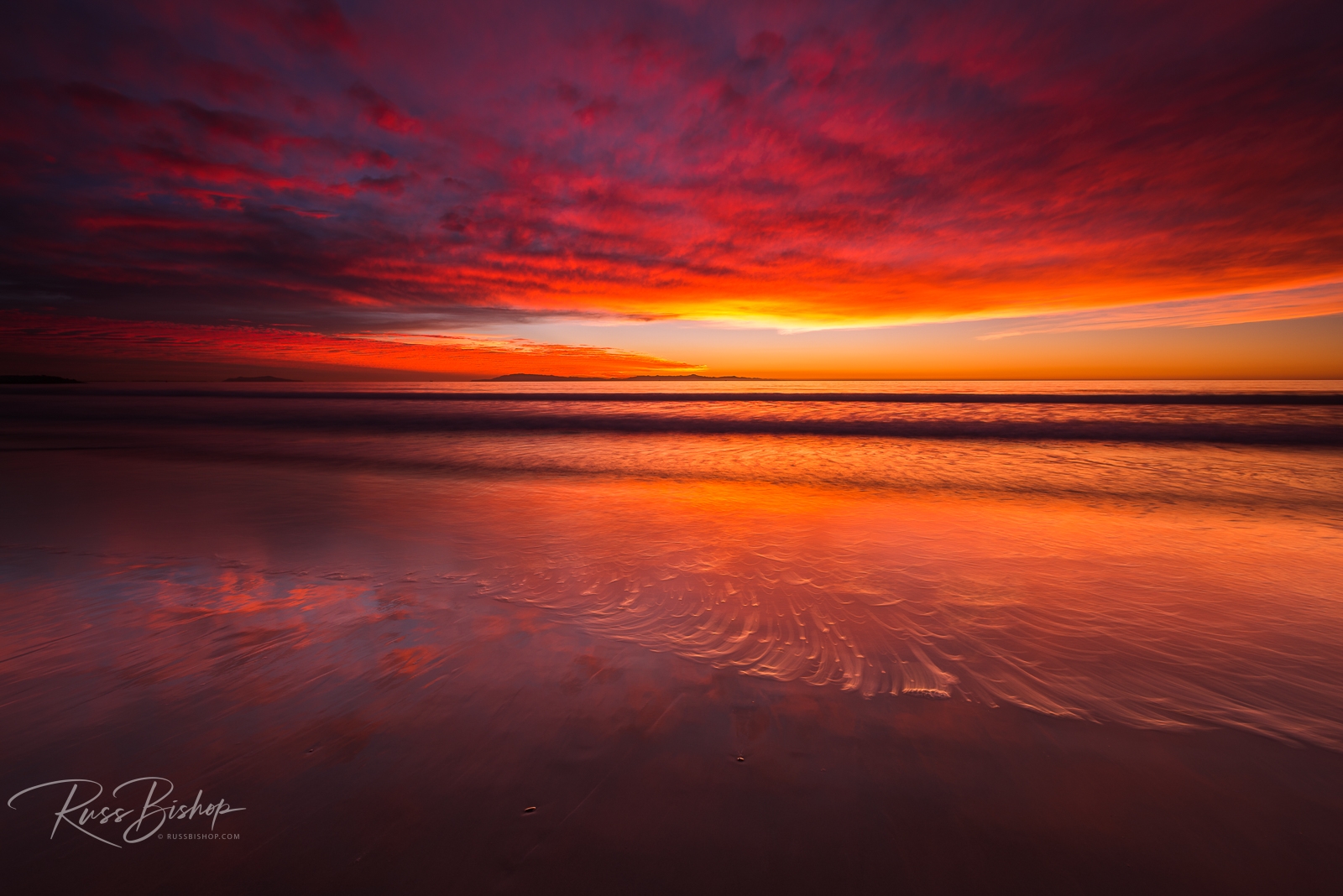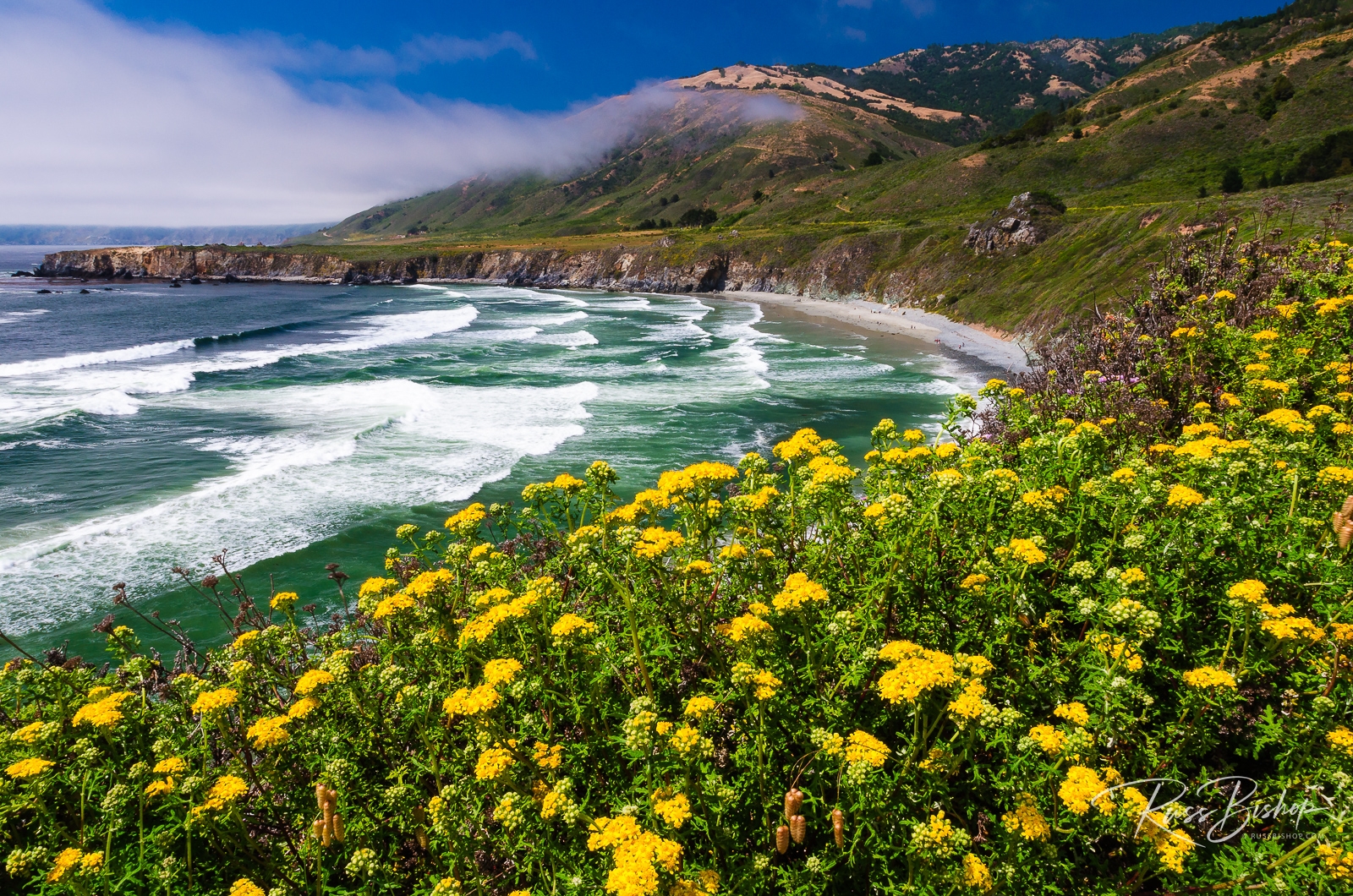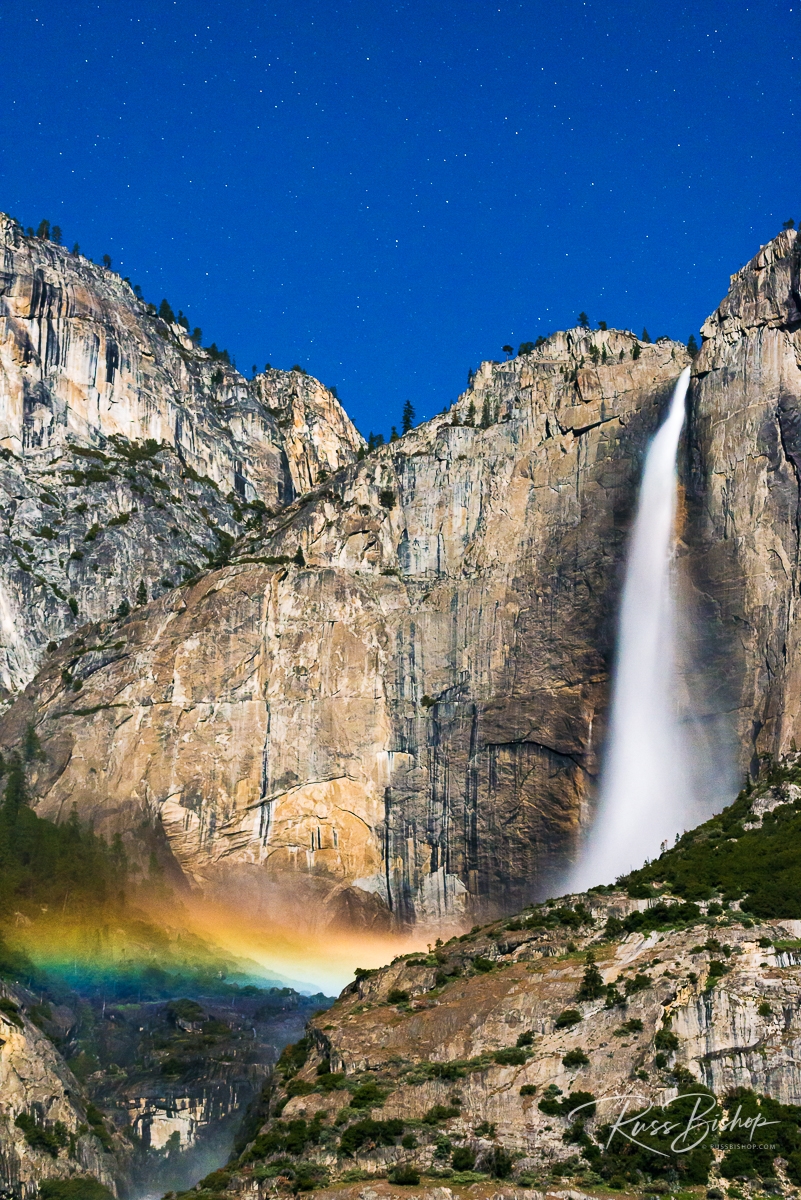
June 8th is World Oceans Day – a chance to celebrate the bodies of water that make up 70% of our planet and provide food, recreation and place to rejuvenate the spirit. As home to an estimated 230,000 marine species, our oceans are a vast wilderness with ecosystems critically linked with our own. Unfortunately many of the earth’s inhabitants never see or experience our oceans, yet our impact through pollution and over-fishing has taken its toll.
Organizations such as the The Ocean Project provide a great opportunity to get directly involved in protecting the future of our oceans through personal and community involvement. Working with zoos, aquariums, and conservation groups, they sponsor beach cleanups, educational programs, art contests, film festivals, sustainable seafood events, and other activities that help to raise consciousness of how our lives depend on the oceans and what we can do to keep them healthy long into the future.
©Russ Bishop/All Rights Reserved


